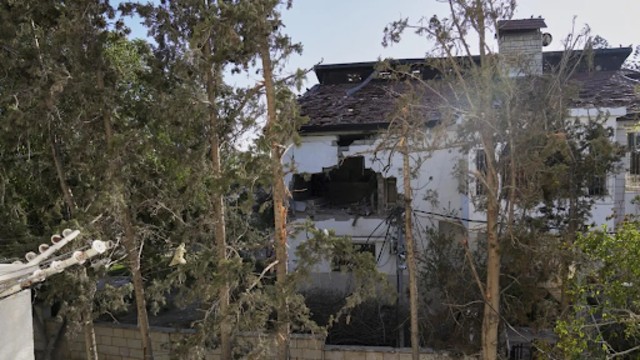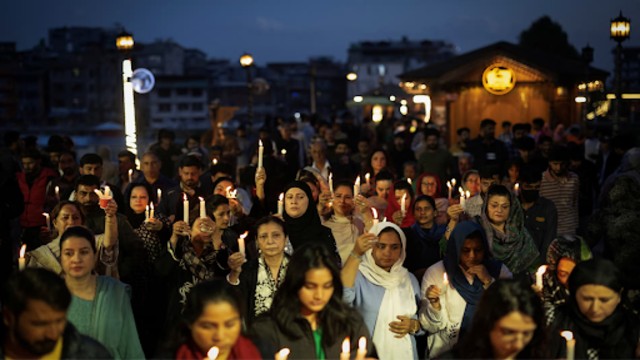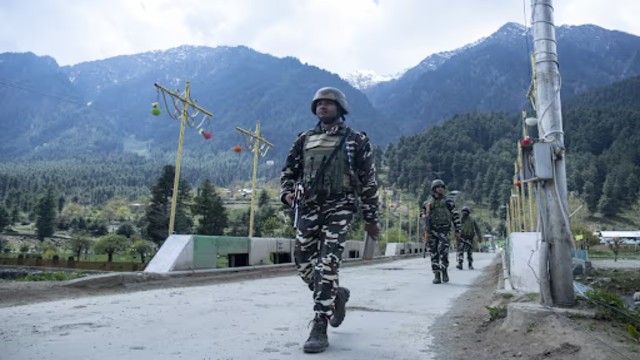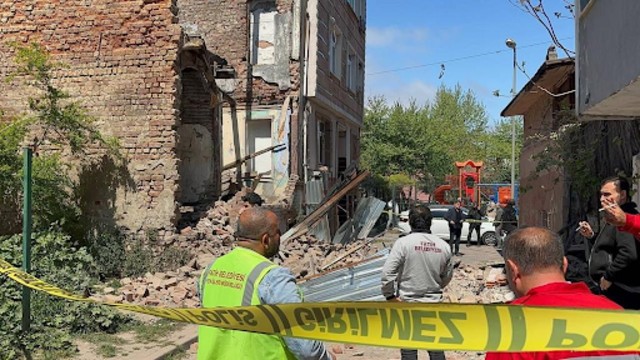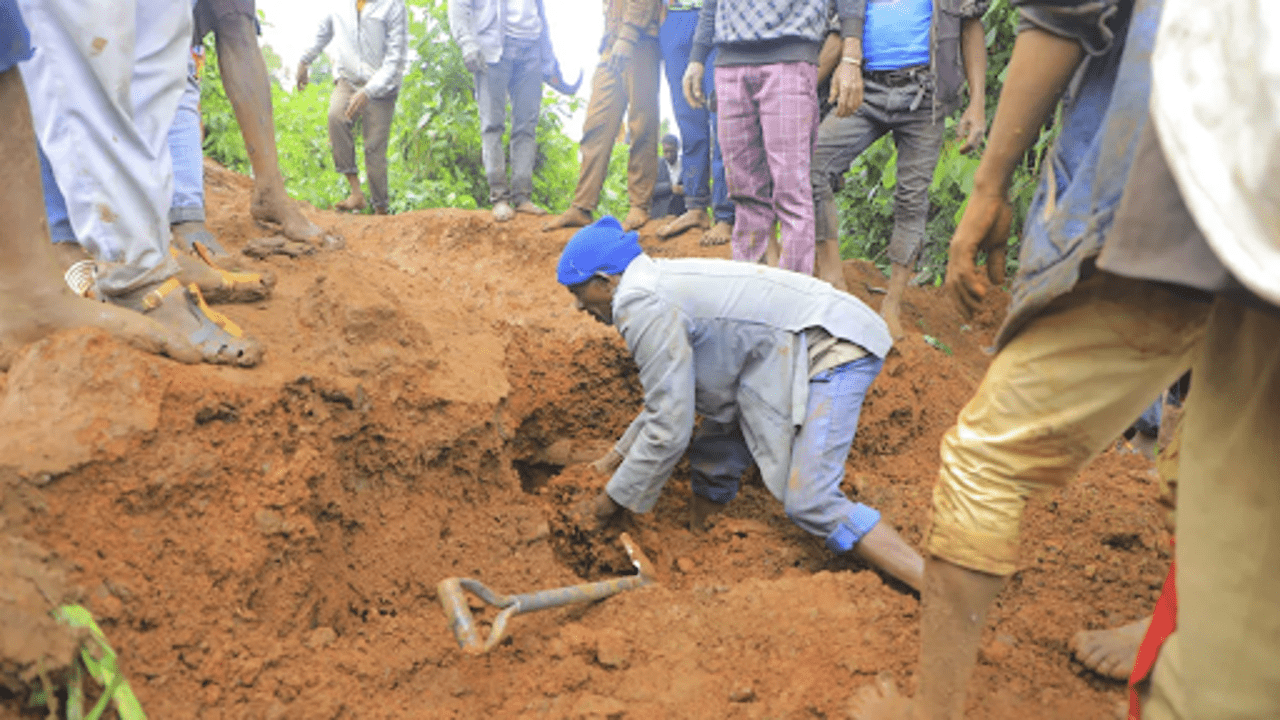
A man looks for survivors while others gather at the landslide site in the Kencho Shacha Gozdi district of Gofa Zone, southern Ethiopia, on Monday, July 22, 2024. AP Photo
In a tragic incident in southern Ethiopia, two devastating landslides have claimed the lives of at least 229 people. This figure, reported by local officials, includes 148 men and 81 women, with some victims being children. The disaster struck in a remote area known for its vulnerability to such events.
The landslides, triggered by heavy rainfall, struck on Monday. The first landslide buried many people, and while rescue efforts were underway, a second landslide hit, taking the lives of several individuals involved in the recovery operations. This compounded the tragedy, making it even harder for rescuers and survivors.
Habtamu Fetena, a local official, reported that the situation is dire, and the number of casualties may still rise as search efforts continue. The local community, alongside emergency services, has been working tirelessly to find survivors and provide aid. Photos from the scene depict rescuers working through thick mud by hand, trying to locate any remaining survivors or bodies.
Dagmawi Ayele, an administrator for the Gofa Zone, shared that five people trapped in the mud were successfully rescued and are now receiving medical care. Despite these efforts, the recovery operations are challenging due to the extensive damage and difficult conditions.
A woman weeps as a crowd gathers at the scene of a mudslide. AP Photo
The region’s susceptibility to landslides is exacerbated by the rainy season. According to geological surveys, southern Ethiopia frequently experiences landslides and floods during this time. Recent months have seen numerous floods displacing thousands of people across the country, as reported by the UN Office for the Coordination of Humanitarian Affairs (OCHA). The situation reflects a broader pattern of extreme weather events impacting the region.
Ethiopia has witnessed similar tragedies in the past. For instance, in May 2018, twin landslides in the West Arsi, Sidama, and Gamo Gofa zones resulted in 45 deaths. Such events highlight the ongoing struggle the country faces in managing natural disasters and providing adequate support to affected communities.
This most recent disaster has intensified the urgency for improved disaster preparedness and response mechanisms in the region. The local and national authorities are under immense pressure to address the immediate needs of survivors and to prevent future tragedies.







